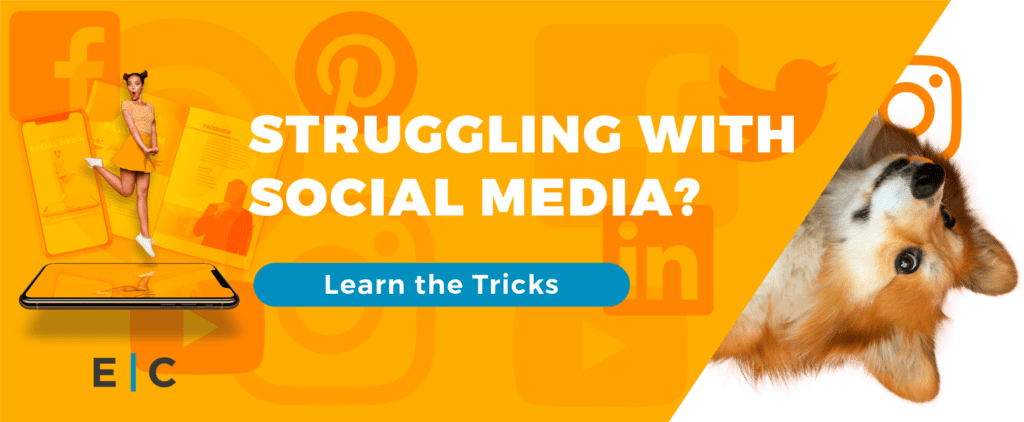It’s well understood that marketing and design go hand-in-hand; indeed, it’s very difficult to succeed at one without giving consideration to the other. Design affects practically every part of the marketing process, from choosing brand colors to developing a clean and graceful user experience for your website visitors.
There’s no “perfect” formula for marketing design; that being said, there are a handful of best practices that can help ensure that your design gets the job done for your company and your customers.
The Basics of Marketing Design
Effective marketing design is based on a few key principles – consistency, clarity, and quality.
The most memorable marketing campaigns have consistent elements that help the customer remember the product or company. Consider the number of different McDonald’s ads you’ve seen that have all ended with “I’m Lovin’ It”, or the classic, iconic white background of an Apple advertisement. Consistency streamlines both your marketing design and its ultimate execution in a campaign. More importantly, consistency works to impress the message of your overall company branding on your audience.
Clarity plays a dual role in marketing design. The clarity of your message is what enables your customers to understand who your company is, whereas the clarity of your actual design helps your customers immediately know how your product or service can help them. A Coca Cola ad will always use the brand’s trademark colors and fonts – letting a customer know that they’re seeing an ad from Coke – but the overall design will differ depending on what kind of message Coke is trying to send. This change in design can be seen when examining Coke’s Olympic ads versus one they served during an NFL season.
The importance of quality in marketing design can’t be understated. If something in your design isn’t up to snuff – a color is mismatched, there’s a grammatical error, or the whole thing just seems rushed – your customers will take note, and may take their business elsewhere as a result.
Marketing Design Approaches
Your marketing design can be oriented to a number of different goals – among them, increasing brand awareness, building brand familiarity, showcasing new products, or even making a direct sale.
Branding-oriented marketing design often emphasizes a company’s branding attributes – its colors, fonts, taglines, and overall message. Examples of branding-focused marketing design can be seen in advertisements that don’t seem to showcase a particular product or feature, such as a Nike campaign focused on the accomplishments of LeBron James. The campaign wasn’t about selling a new sneaker, or even mentioning the company’s basketball line; indeed, the sportswear giant’s marketing design focused purely on associating itself with a talented athlete.
Conversely, marketing design focused on direct sales will typically include elements designed to spur a customer towards taking an action, whether it’s clicking a button or making a phone call. Perhaps the most notorious example of this is the ubiquitous Empire Carpet commercials that ran (and continue to run) on many local news channels; the entire ad, from the visual elements to that instantly memorable jingle, works to compel customers to give the company a call.
Marketing design is not an exact science, and it can be tricky to know exactly what kind of design works best for your company. Experimentation and testing is a valid part of seeing what works (and what doesn’t) about your current marketing design implementations.
-FINAL(01-00)-White&Blue-01.svg)





